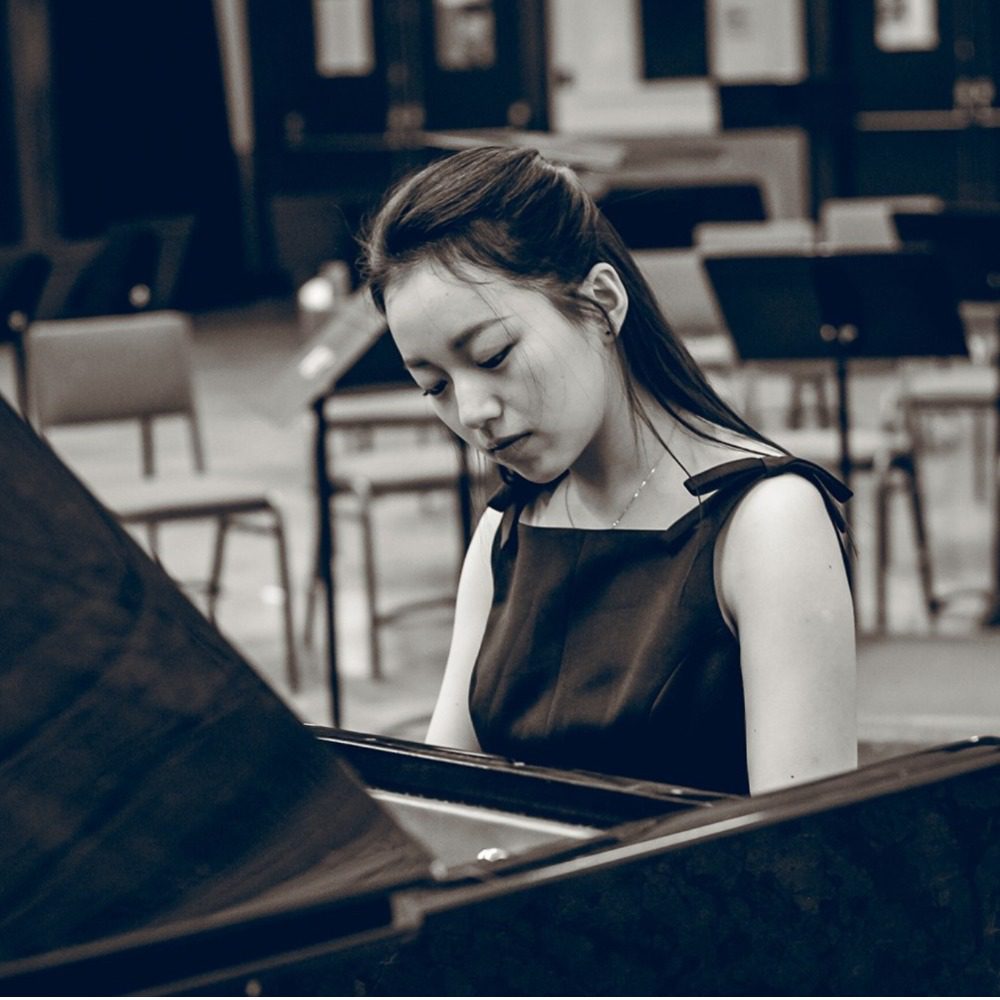Recital: Nan Ni '26 DMA, Piano
Brown Hall

Free
In-Person Event
Open to the Public
Streaming

In the course of completing the Doctor of Musical Arts degree at New England Conservatory, performance majors present not just one, but three full-length recitals, for which they also write program notes. It's an opportunity to observe multiple facets of an emerging artist.
Nan Ni ‘26 DMA studies Piano with Bruce Brubaker and Alessio Bax and is the recipient of the Tan Family Foundation Scholarship.
The live stream of this event is available to NEC Community members only. To watch the stream, please click the “Streaming Access” button at the top of the page and enter the NEC Community streaming password on the video window labeled “NEC-Produced Stream” when prompted.
Nan Ni ‘26 DMA studies Piano with Bruce Brubaker and Alessio Bax and is the recipient of the Tan Family Foundation Scholarship.
The live stream of this event is available to NEC Community members only. To watch the stream, please click the “Streaming Access” button at the top of the page and enter the NEC Community streaming password on the video window labeled “NEC-Produced Stream” when prompted.
Stravinsky: Piano Sonata, KO 43
Liszt: Au lac de Wallenstadt from Années de pèlerinage, S. 160
Liszt: Nuages gris, S. 199
Liszt: Bénédiction de Dieu dans la solitude from Harmonies poétiques et religieuses, S. 173
intermission
Beethoven: Variations and Fugue for Piano in E-flat Major, op. 35 "Eroica"

